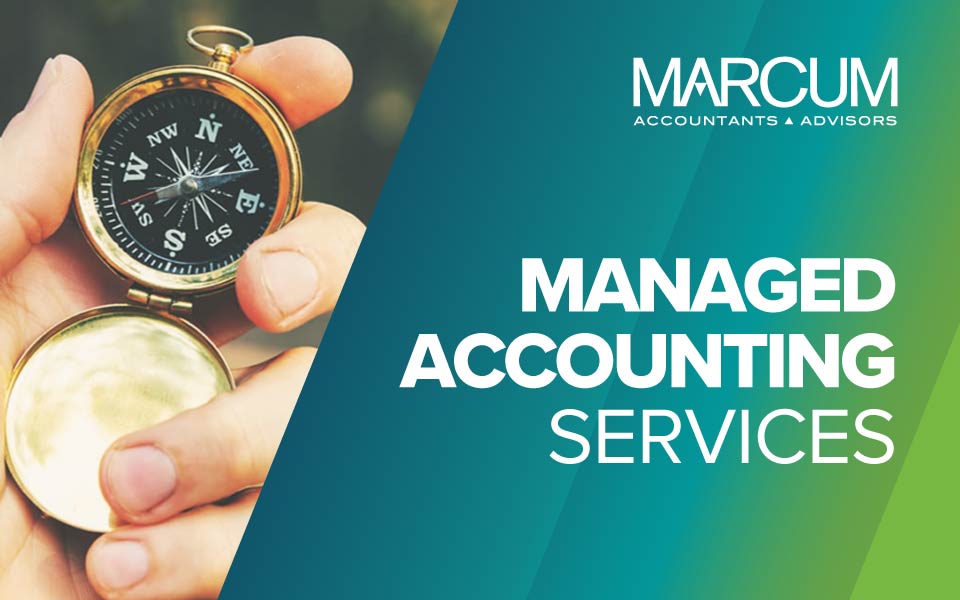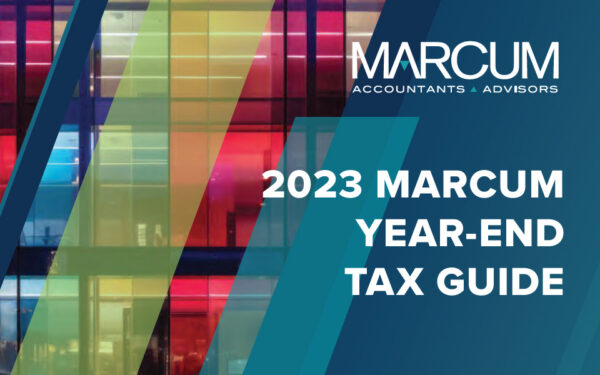Improving Accounts receivable Collections (Part 4 of 6): Accounts Receivable Collections Management Made Easy
Over the next several weeks, we’re pleased to host a series of blogs authored by e2b teknologies aimed at improving your ability to collect accounts receivable. In addition, on April 10, e2b will be hosting a free live webinar entitled “6 Steps to Developing a World Class Business Credit Policy & Collections Action Plan.
6 Tips for Getting Paid Faster & Avoiding Payment Objections
In most small businesses the person who is responsible for making collection calls is not a full-time professional collector but is someone with other significant responsibilities – a bookkeeper, salesperson or even the business owner. Here are some tips for making effective collection calls while maintaining good customer relationships.
1. Preparation
In order for any call to be effective you need to have relevant supporting information readily available, including:
- The invoice(s) you are calling about plus any supporting documentation (proof of delivery, purchase order, etc.)
- Notes from prior contacts regarding this invoice (if any).
- Customer account status such as other open invoices and past payment history.
- Customer contact – who to call and their phone number.
You will want to set an objective regarding the call. Generally you will be looking for specific information or a commitment for a specific follow-up action to be performed by the customer or yourself.
2. Initial Call
This is your first contact with a customer regarding a past due invoice. You will have already sent the invoice and possibly a past-due reminder by mail or email. The objective of this call is to determine the status of the payment and identify any issues that may be delaying that payment. In your own words introduce yourself and cover the following points:
- I’m calling from XYZ Company regarding our invoice number 1234 for $999 that was due on March 15. Have you sent payment for this yet?
- If so, ask for the check number and date it was mailed.
- If not, confirm they have the invoice and ask when it is scheduled for payment.
- If any issues or problems are mentioned get as much information as possible so you can follow up as appropriate. Tracking and managing disputes is a complex issue and will be the subject of a future article. Stay tuned.
- Get the name and title of the person you spoke with.
3. Call Notes
Record notes of the key points of the call including the time and date as well as any promises made by the customer. Mark your calendar to follow up these promises. Since most accounting systems have limited capabilities for entering notes or activities you might consider using collection management software such as anytime collect for this purpose so that this information can be shared among all individuals within your company that need to know what’s happening with a customer.
4. Voice Mail
Frequently you will call a company and get voice mail for the person you need to speak with. When that happens leave a brief message:
- I’m calling from XYZ Company regarding our invoice number 1234 for $999 that was due on March 15.
- Could you please call me back and let me know when this is scheduled for payment?
- Leave your name and phone number. Be sure to state the call back number clearly.
If you have the email address or a fax number for the person (or department) you are calling send a note stating that you have just left them a message, restate the above points and attach a copy of the invoice in question. Make a note of the call and the email or fax you sent. If collecting on this invoice is a priority mark your calendar for a follow up call in 2-3 days.
5. Demand Calls
It’s time to get more forceful and ask for payment of the invoice if your voice messages and emails are ignored and your customer’s promises are not kept. You need to be firm yet courteous and sell your customer that they need to make a payment. This is a three-step process:
- 1. Ask why you have not been paid. Show understanding and sympathize with the customer. This may catch them off guard and is particularly effective when the customer is experiencing financial stress in their business. Aren’t we all?
- 2. Convince them that they have an obligation to pay you. Reiterate that the invoice for $999 was due on March 15 and remind them of any prior promises to pay that they made. Unless they push back with an objection or complaint, here is where you get implied agreement that they owe you the money.
- 3. Propose a specific payment action on their part that is realistic given what you have learned. Can you send me a check for the $999 on May 1? Can you pay $500 today and the balance in 30 days? Do not ask them how much they can pay and when — that gives up control of the conversation and opens it up for unrealistic or unreasonable suggestions. If you have the ability to accept credit card or electronic check (echeck) payments over the phone you should present that option. Some collectors are authorized to offer small discounts (usually 10-20%, but sometimes more) if the customer can make immediate electronic payment in full. Establish in advance company policy and guidelines regarding discounts and settlements.
As always, take careful notes and document the conversation and all commitments made by both parties. If you must leave a message I recommend not providing extensive details about the reason for the call (they know why you’re calling) – just ask for a call back.
6. Ask for the money
One final thought – in collections if you don’t ask for the money you don’t get the money. Professional and timely follow-up on your invoicing is an essential part of the process of getting paid for the work you do. Remember – you’re a business, not a bank!
Our goal is to help you succeed through new technologies that make sense for your business. Anytime Collect will help you automate how you manage one of your largest assets – your accounts receivable.
Please contact us for more information, a personalized demonstration, or details regarding special pricing for Anytime Collect.
Live Webinar
6 Steps to Developing a World Class Business Credit Policy & Collections Action Plan
Accounts receivable is typically the largest or second largest asset for most businesses yet most companies do nothing to improve their credit and collections processes. This presentation will outlines six easy steps to developing a world class credit policy and collections action plan to help you gain significant advantages in your business to reduce days sales outstanding (DSO), improve cash flow, and reduce bad debt write-offs through best practices and automation.
Other Free Materials From e2b
- Free Whitepaper: 17 Things You Should Be Doing Right Now To Reduce Outstanding Accounts Receivable
- On-Demand Webinar: How One Company Reduced Their DSO by 40% With Credit Collections Software
- Free Report: Revenue Cycle Management – Increasing Control Over the Order-to-Cash Process
About e2b
e2b anytime apps, a business unit of e2b teknologies, develops software-as-a-service (SaaS), cloud-based business software including Anytime Collect, Anytime Commerce B2B e-commerce, Anytime 500 add-ons for Sage 500 ERP, Anytime Supply Chain, Anytime Docs, and Anytime Assets inventory and asset tracking. Anytime Collect accounts receivable credit and collections management software integrates with popular accounting software to streamline and automate B2B accounts receivable collections activities resulting in significant reductions in outstanding receivables and improved cash forecasting.



















